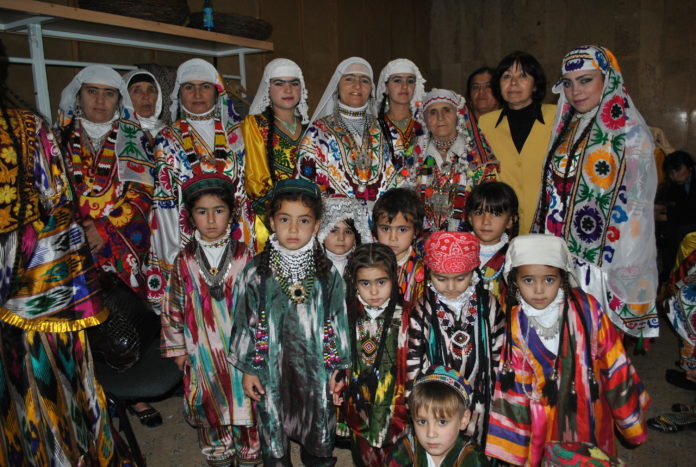Zebo Aminzade has been a founder of a synchronized dancing
Zebo Aminzade 20 (born 1948) is one of the recognizable creative figures of modern Tajikistan. For the first time I met her within the framework of my professional activities of the public organization
“Tashabbusi raksi tojik (Tajik Dance Initiative). Having learned that she was visiting relatives in Khujand, I rushed there in 2008 to meet her and take the interview. She looked a sensible woman,had a calm tone of conversation, and spoke rather positively about everything we had conversations about.
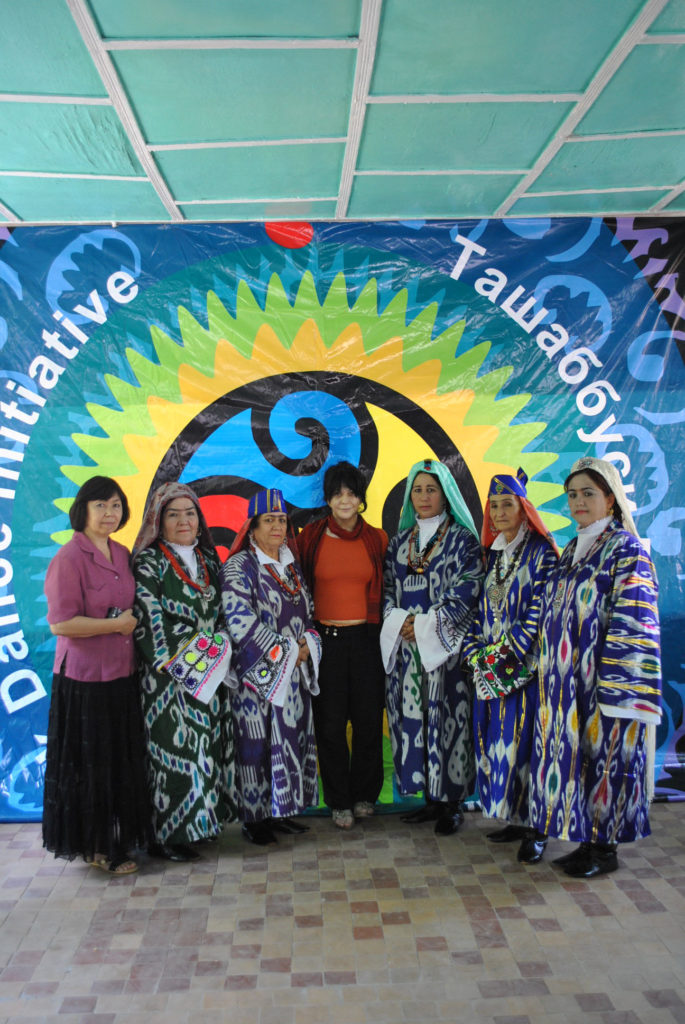
My first question was what made her organizing the Zebo dance group. She answered me then that she was captivated bytenderness, languor, lyricism of movements, all these were the Tajik dance about.“I streamlined it, and made these features a brand for my group,” Aminzade told me.
The choreographer has had a great store of knowledge in the field of choreography. Coming out of an artistic family, she studied at the Moscow Choreographic School at the Bolshoi Theater of the USSR at the age of 9, where she studied for 4 years, then continued her studies at the Tashkent Choreographic School 21 (1961-1965). In 1965-1978 she worked as an actress at the Leninabad (Khodjent) Music and Drama Theater named after Pushkin 22 . In 1978 she was invited to Dushanbe to head the Zebo ensemble, which was organized on the basis of the State TV and Radio Committee.
She led it until 1992, before the break of the civil war. She was part of the government opposition,but she doesn۔t like to talk about it. In 2014, she was again invited to the capital of Tajikistan to revive, revitalize the Zebo ensemble, and she has accepted the invitation because it came from the head of state.
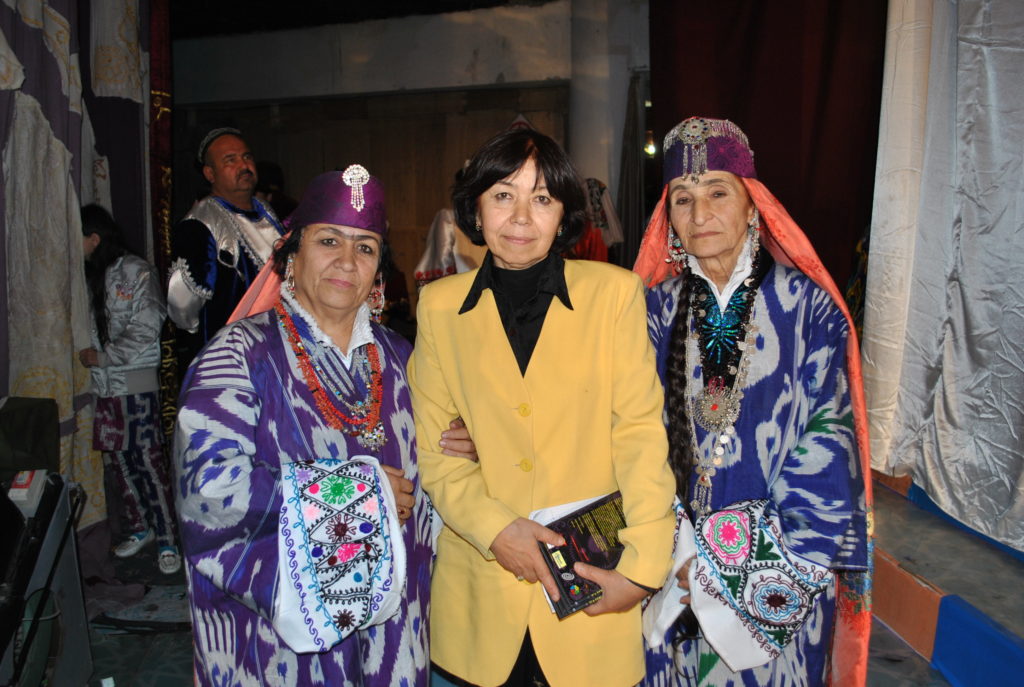
I was unable to meet her after returning to the Zebo update. She told me by phone that she was in grief. She had lost her husband, and even earlier her adult son, and therefore it was clear that she had no time for the journalist۔’s questions. I met with her colleagues, her ex-students and now her loyal comrades-in-arms Mirzo Satorov (b. 1972) and Manzura Khabibova (b. 1974), who told me how the Zebo collective was reviving.
Speaking about the Zebo ensemble, one should immediately note its inherent features as collectivity, synchronicity, and uniformity of growth and appearance. It should be noted that the Zebo ensemble has not created a single solo dance since its inception. In the year of its creation in 1978, Zebo Aminzade made a splash in the country. Such lyricism, femininity, synchronicity has never seen in the country. Her performances on the songs of Daler Nazarov 23 (born 1959) aroused great interest and were considered masterpieces of the modern dance art of Tajiks.
I asked Mirzo and Manzura, what was the situation with the Zebo ensemble now? They said that in 2014, when they announced the new recruitment of the group, about 60 girls applied, and there were only 6 people left today. They sadly compared the times when the prestige of the dance profession was high before, and that now there was a shortage of personnel. Great fluidity. The girls come,study a little and leave, or get married, or go to restaurants to dance. Dance art is not treated as an art, but only as a craft. They also said that Tajik dance has lost its individuality and uniqueness.
Now dances are one-day performances, short-living dances. Commissioners or customers do not like when the dances were repeated at the next concert. There was a catastrophic lack of time to polish the dances. Sometimes you have to combine several ensembles to create one massive dance. “There was a mass character, an order in a one-day dance,” my interlocutors emphasized.
“The difference between the bands has disappeared because life has changed,” my interlocutors say. Previously, each dance had its own peculiarity, its own characteristic, but now there are no special differences, but there is one massive dance. Ensembles unite and put on one single dance”.
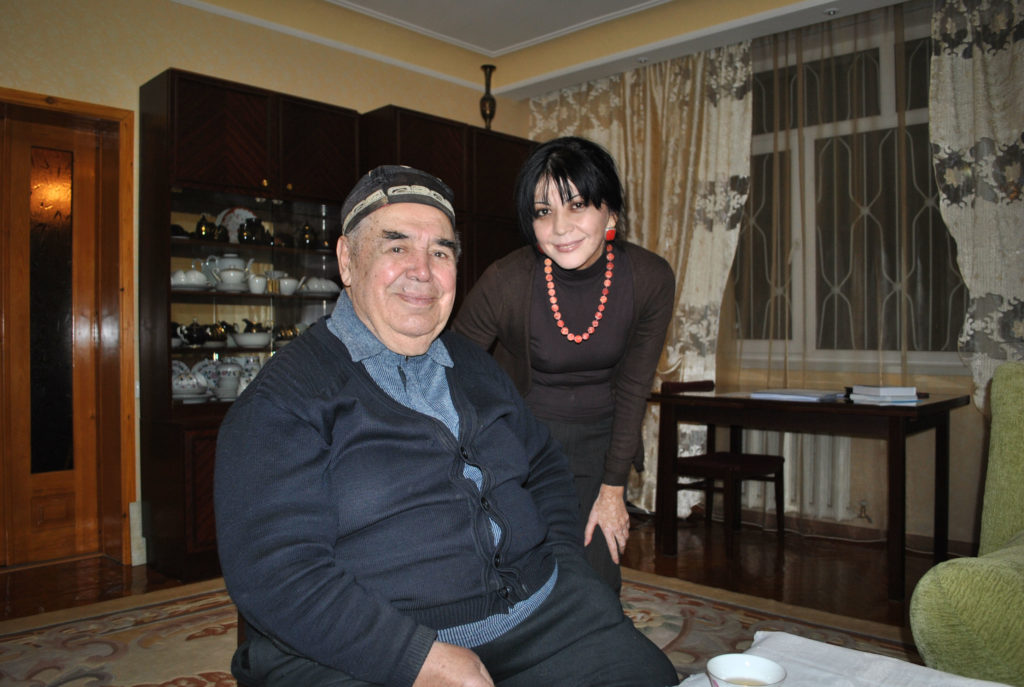
It turns out that each ensemble used to have from 30 to 40 members. Now the number of members of the ensembles has significantly thinned. All ensembles are mainly female groups, only dancers are still preserved in Lola. They recall how Dzhamilya Akhunova at one time recruited a group of Lola boys. She had to go to orphanages and boarding schools, and ask young people to work as dancers.
Mirzo Sattorov laments that now he has lost interest in dance art, it has been devalued. “I remember how we ran with Emom Rakhmonien (artistic director of the Gulrez ensemble) to watch the performances of the choreographers Zebo Aminzade, Amon Musoev and other famous choreographers. And now nobody cares about anyone. Mualima Zebo Aminzade has returned for 6 years now, and at least someone from students or young choreographers would ask to see her rehearsals,” the choreographer concludes his passionate speech with bitterness.
The ensemble Zebo still has a children’s studio, where the teacher has been Manzura Khabibova.She herself came to dance at the age of 8 and so she stayed forever with Zebo.
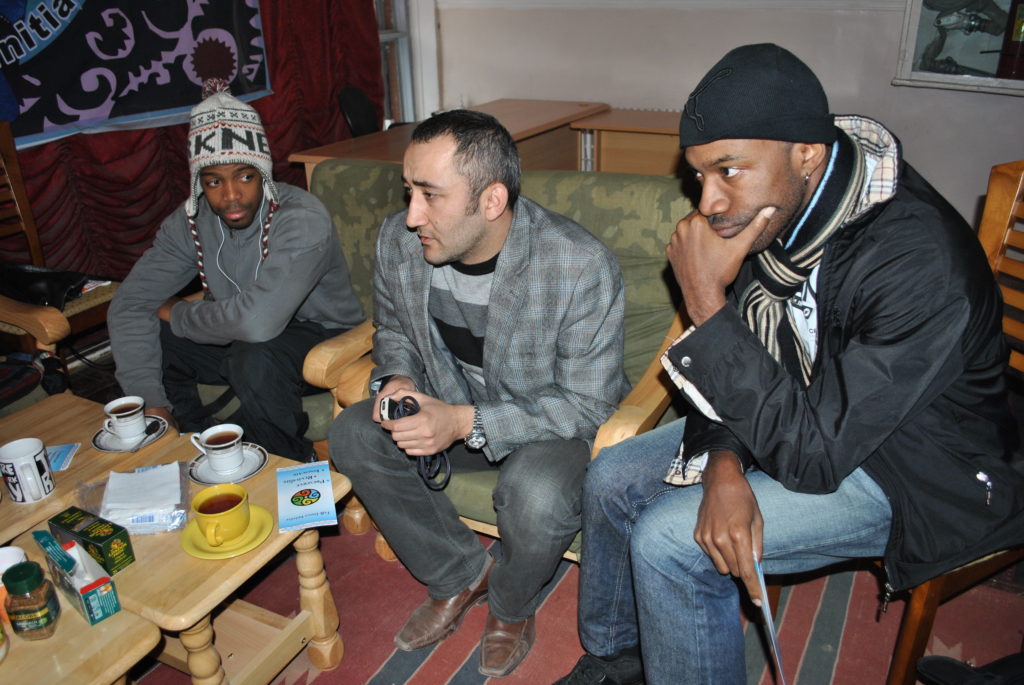
“There used to be more demands on the training of a dancer, but now it is dangerous to raise your voice, or make you repeat dance moves often,” notes Manzura.”Parents from wealthy families do not give their girls to dance, mostly girls from needy come, because classes in the childrens studio are free of charge “My interlocutors remember the choreographer Akhunova, who made them perfect any dance movement”. They recall the repertoires of each ensemble, the Lola Suite by the Lola ensemble, their performances with the Zebo ensemble, when each dance had its own individual signature.
Conclusion
Despite the existing difficulties, Tajik dance art develops; all dance groups have been based on Tajik traditional dance heritage and do not stand in one place. There is no doubt that nowadays young people do not dance like their grandparents did. Television and pop culture stars make their contribution to the transformation of Tajik dance, and then the commission for non-repetitiveness of the dance transforms it, exaggerates it, stylizes the dance.
This is a whole topic for study, but, unfortunately, I have not yet seen a single article on the transformation of Tajik dances. I agree with all opinions of picked choreographers in my article.
Dance can be of any kind: eclectic, traditional, lyrical, collective and so on. Dances should be studied/researched as part of the culture of the people; they should not be regarded only as an object of entertainment, amusement. This is a rich layer of the culture of the people, a reflection of their aspirations and hopes, their worldview. People, who bare these traditions deserve respect and well-payment.
Through the activities of the Tajik Dance Initiative organization, it has been documented the dances of the bearers of dance traditions and staged dances in 2008-2010.
My sincere gratitude to a researcher from Tajikistan Nazokat Klycheva (born 1957), who put efforts to research the Tajik dances, helped to gather the dance keepers and professionals altogether to document the dance samples on video, and who was an indispensable part of the Tajik Dance Initiative project.
These video materials were distributed to educational institutions, as well as libraries and resource centers in the capital. However, this is not enough for sure.
On my youtube channel 24 there are some samples of dance performances. I also will enrich the collections with downloading the dance samples which was a part of the grant activity in 2008-2010 (my thanks to the Christensen Fund for supporting), so that information about the Tajik dance heritage becomes more and more accessible to professionals and dancers abroad.
I will end my article with a quote from Nizam Nurjanov’s book, with the words of Igor Moiseyev (1906-2007), who conveys an accurate description of Tajik dance:
“The Tajiks, in the language of dance and music, seemed to speak, write, weave a choreographic ornament, as expressive and colorful as Tajik embroidery, painting, architectural decor, woodcarving, metal, alabaster. This language is emotional, poetic, making a vivid impression; dance occupies an important place in the life of Tajiks as one of the means of ideological and emotional impact, revealing the spiritual world of a person .”
Author:Lolisanam Ulugova (An independent researcher on Tajika arts and culture).



